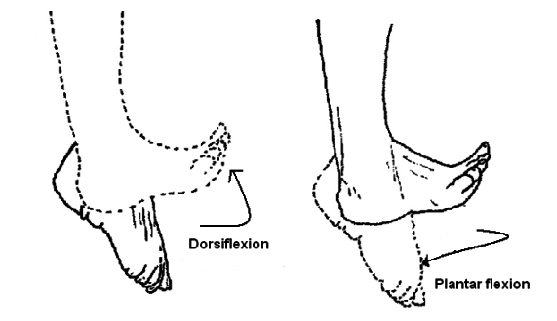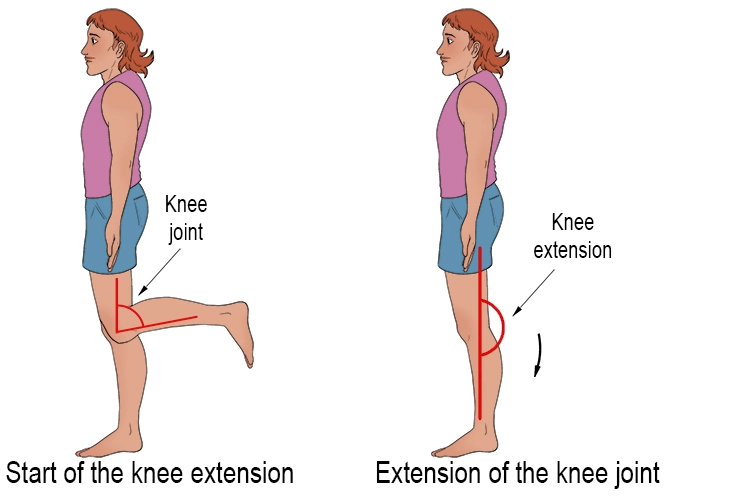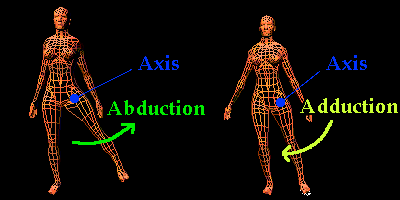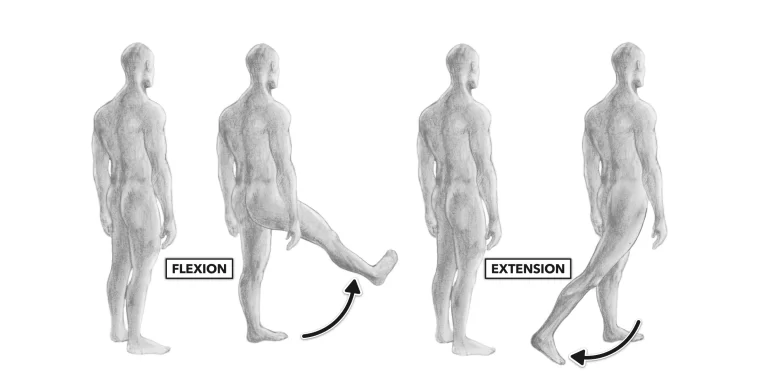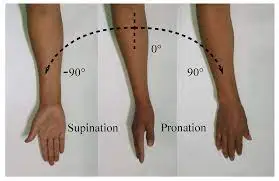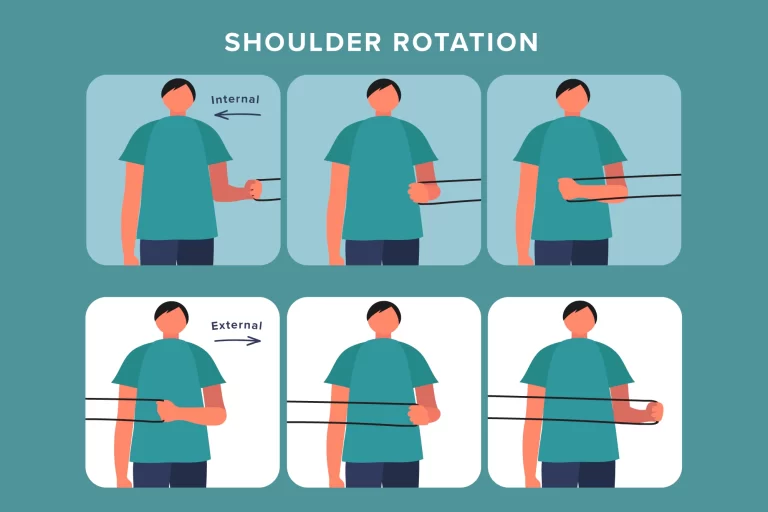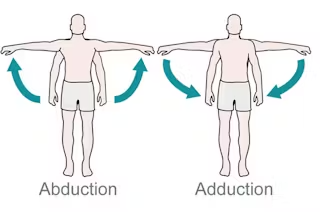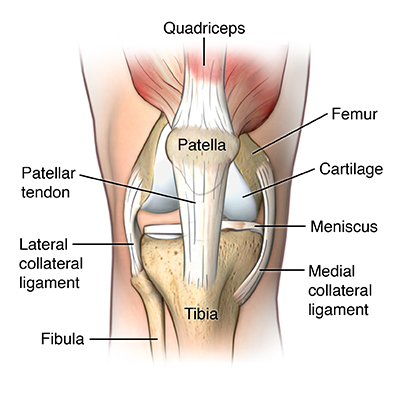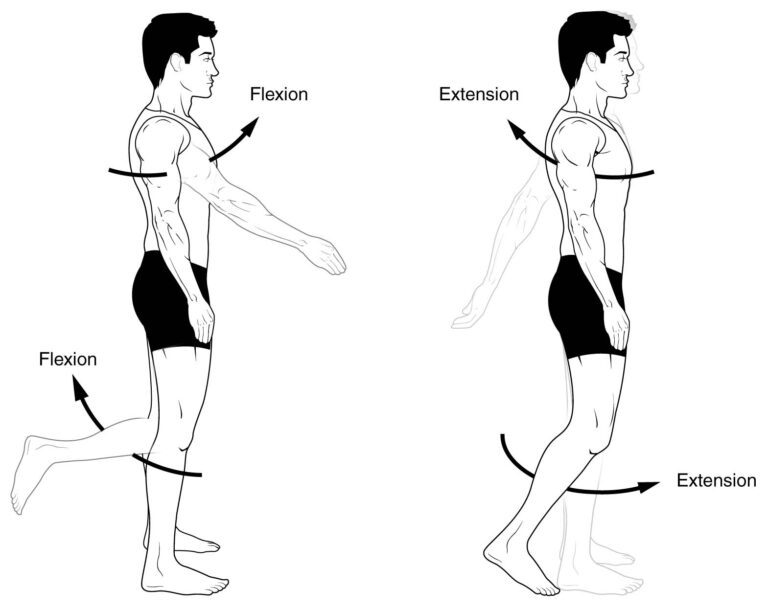Ankle Dorsi Flexion And Planter Flexion
What is an Ankle Dorsi Flexion And Planter Flexion? Ankle dorsiflexion and plantarflexion are two essential movements of the ankle joint that play a crucial role in various activities such as walking, running, jumping, and maintaining balance. These movements involve the bending and extension of the foot at the ankle. Dorsiflexion refers to the movement…

